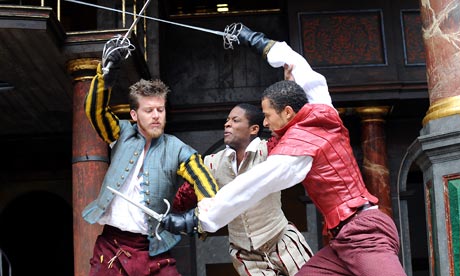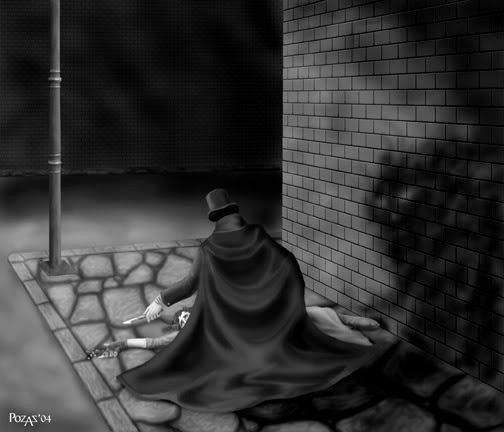
Given the two sketches above, which one is better? Applying the Rosenberg criteria of line and tone, form, space and composition, I have deduced that the picture on the left is superior. In terms of form, the subject on left appears to be more realistic than that of the one to the right. The face is more expressive and appears more natural. The expression is softer and the hair flows down to her side. On the other hand, the woman to the right looks stiff and flat.The picture to the left is more balanced. The positioning of the mother and child is balanced out by the potted plant which reduces the amount of negative space. The use of lines and shading gives more texture and dimension to the piece. In the picture to the left, the position of the subject creates a great deal of negative space that fails to be balanced out by any part of the picture. The lines appear too rigid and the skirt of the dress looks overworked. I am unsure of how the material is flowing; it looks as if it’s just crumpled mess at the bottom whereas on the left, it is obvious how the outfit is draped.













